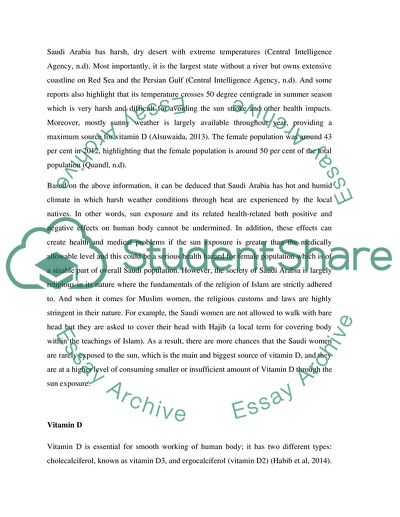Cite this document
(Vitamin D Deficiency in Saudi Women Literature review, n.d.)
Vitamin D Deficiency in Saudi Women Literature review. Retrieved from https://studentshare.org/health-sciences-medicine/1833715-vitamin-d
Vitamin D Deficiency in Saudi Women Literature review. Retrieved from https://studentshare.org/health-sciences-medicine/1833715-vitamin-d
(Vitamin D Deficiency in Saudi Women Literature Review)
Vitamin D Deficiency in Saudi Women Literature Review. https://studentshare.org/health-sciences-medicine/1833715-vitamin-d.
Vitamin D Deficiency in Saudi Women Literature Review. https://studentshare.org/health-sciences-medicine/1833715-vitamin-d.
“Vitamin D Deficiency in Saudi Women Literature Review”, n.d. https://studentshare.org/health-sciences-medicine/1833715-vitamin-d.


